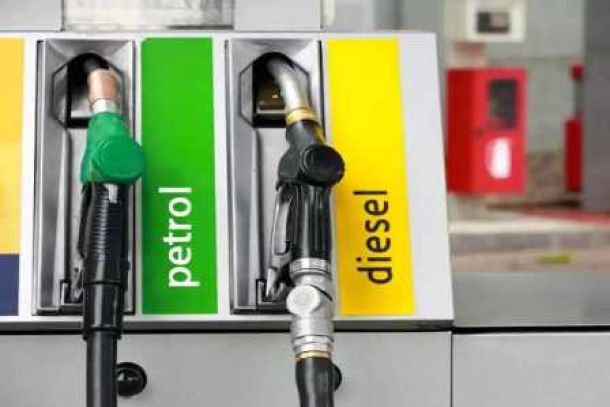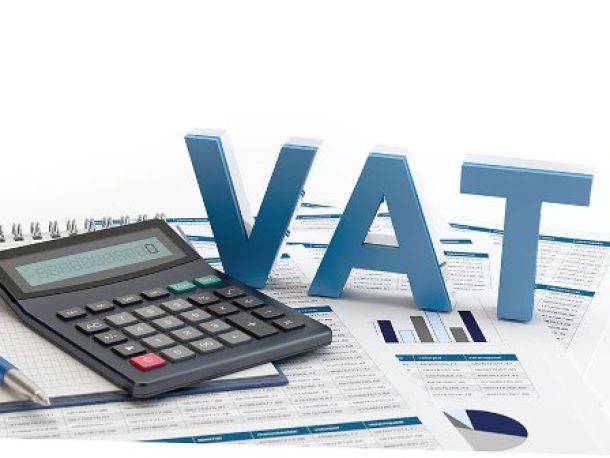Retailers squeeze out some cheer with hefty markdowns
Although local retailers used the Black Friday phenomenon and rigorous promotions as best they could, the result was somewhat disappointing.
While some performed better than expected in the rush to accelerate sales during the festive season, others delivered a mixed bag.
As predicted, retail performance for the season was poor in general. "We didn’t expect very much and we didn’t get much," says Barclays Wealth & Investment Management analyst Chris Gilmour.
Most retailers’ sales rose largely because of the Black Friday phenomenon. Most seasonal spending happened before December, he says.
Sasfin Wealth senior equity analyst Alec Abraham does not entirely agree. "It could have been worse," he says.
December seems to have been a better month than the preceding ones, although it could have been better. He says sales deteriorated before the season and he expects that to continue.
Xtrade chief analyst Paul Sirani agrees, though he says it was something of a "mixed bag" for the big retailers.
Trade updates to date confirm this.
At the forefront of performers in the clothing retail sector was TFG, which says it had above-expectation sales growth of 14.6% for December.
Abraham says that although TFG experienced a drop in volumes, it performed "much better" than Woolworths and Mr Price, with the latter faring worst, "especially in its apparel division".
Between October and December, Mr Price recorded growth in retail sales and other income of 0.4% to R6.4bn. Total retail sales of R6.1bn, which include those of its franchises, were 0.5% lower than those of the previous year.
The retailer attributes its performance to a "very competitive retail environment" in which there was already poor economic growth, low levels of consumer confidence and higher selling prices, driven by a volatile exchange rate.
Gilmour says Mr Price remains under pressure from international competitors such as H&M, Cotton On and Zara and this is likely to continue. "Milady’s and Sheet Street only did much better because they were able to reposition their merchandise," he says.
Marketing started earlier than expected in 2016, with retailers selling at discounts as early as October in the build-up to the holidays.
Gilmour says that in order to support volumes, all retailers had to sell for as little as possible. This worked against Mr Price, which says persistent high levels of discounting and promotional activity in the sector added pressure to its sales numbers.
Gilmour says this affected its gross margin and it would need to have even higher promotional markdowns going into the new year.
Truworths says it experienced a challenging trading environment despite group retail sales for the 26-week period ended December increasing 21% to R10.2bn.
Shoprite also reported double-digit sales growth for the six months to December, with turnover increasing 14% to R71.3bn, while growth on a like-for-like basis was 8.6%.
Woolworths says that for the 26 weeks to December 25, group sales increased 6.7% compared with the prior year.
Gilmour says the food division of Woolworths cut its prices to give its customers better value. It was able to do this because it had a better buffer than other retailers.
Sirani says Woolworths’ numbers suggest that 2016 was "far more testing" than 2015, while Shoprite and Massmart appear to have seen plenty of growth leading up to Christmas.
Walmart-owned Massmart says it experienced a slight pick-up in South African sales growth.
Abraham says Massmart had done "okay".
"They did a lot of work in Game stores, but most of their increased sales came from Masscash and Masswarehouse."
Abraham says most of the retailers had very low like-for-like sales growth and, taking inflation into account, many experienced a contraction.
Last week, Statistics SA reported retail trade sales growth of 3.8% in November from a year earlier‚ following a surprise 0.2% decrease in October.
Investec economist Kamilla Kaplan says the Stats SA data are in contrast to market expectations, which were for a contraction of 0.4%.
There was, however, a deceleration in sales growth in the year to date, which mirrors the slowdown in real household consumption expenditure as consumers’ ability to spend has been constrained by "high unemployment, weak real disposable income growth and depressed consumer confidence".
As far as share performances for 2016 went, TFG did best, gaining 30.67%, followed by Massmart, up 26.16% and Shoprite, which added 19.68%.
Woolworths fared worst with a loss of 29.09%, Mr Price was down 20.22% and Truworths lost 12.59%.
The general retailers index lost 11.02%, while food and drug retailers added 5.24%.
News Category
- International retailers
- On the move
- Awards and achievements
- Legislation
- Wine and liquor
- Africa
- Going green
- Supplier news
- Research tools
- Retailer trading results
- Supply chain
- Innovation and technology
- Economic factors
- Crime and security
- Store Openings
- Marketing and Promotions
- Social Responsibility
- Brand Press Office
Related Articles

Empowering South African households through gro...

SPAR shares practical tips to beat food inflation

South African motorists could be paying up to R...

Big VAT changes on the cards


